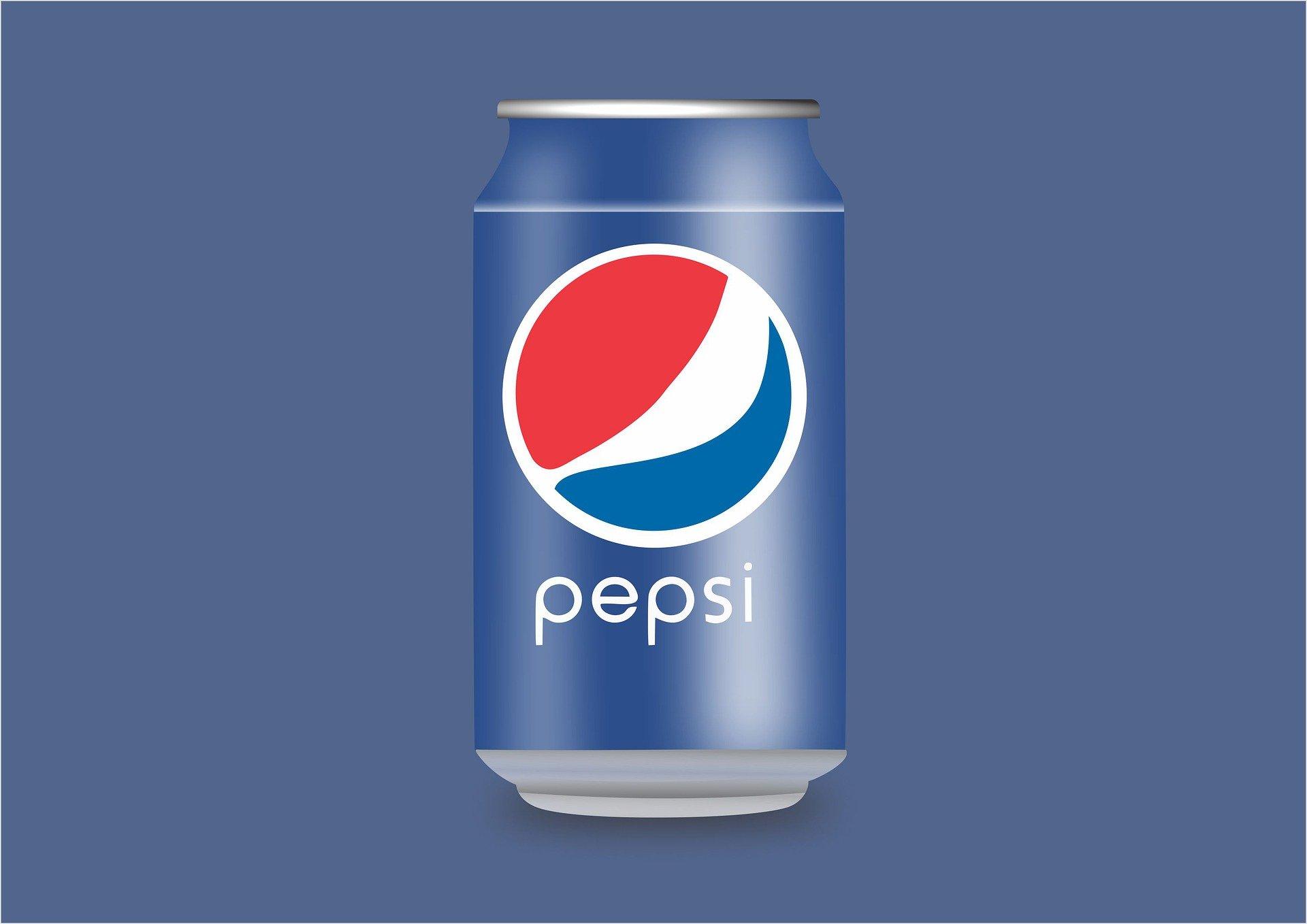
Mukesh Ambani has a reputation for entering markets with a disruptive strategy: sell at a lower price, capture the market, and establish dominance. The telecom success of Jio is a prime example of this. Following the same playbook, Reliance relaunched Campa Cola in India at an aggressive price of ₹10 per 200ml bottle, reviving the cola war. However, this time, Ambani's formula may not be as effective as expected.
A Brief History of Cola in India
Coca-Cola first entered India in the 1950s, but in 1977, the Indian government, under Prime Minister Morarji Desai and led by Industries Minister George Fernandes, asked foreign companies to share their secret formulas and transfer majority ownership to Indian shareholders. Coca-Cola refused and exited the Indian market. This departure created space for local brands like Campa Cola, Thums Up, Limca, and Gold Spot to flourish.
However, with the economic liberalization of the 1990s, Pepsi entered India in 1989, followed by Coca-Cola’s return in 1993. Coca-Cola later acquired Parle’s popular soft drink brands, including Thums Up, Limca, and Gold Spot, strengthening its hold on the market. Over the years, the competition between Coca-Cola and Pepsi intensified, making them the dominant players in India's beverage industry.
Reliance’s Entry into the Cola Market
In 2022, Reliance acquired the iconic Indian brand Campa Cola and reintroduced it in 2023 with aggressive pricing. The company offered a 200ml bottle for ₹10, significantly undercutting Coca-Cola and Pepsi, whose similar-sized bottles were priced at ₹20 or more. This strategy triggered a fresh price war in the Indian cola market.
Coca-Cola & Pepsi Strike Back
Realizing the threat from Reliance, Coca-Cola and Pepsi quickly responded by launching their own ₹10 price variants in glass bottles. These include Thums Up Xports Zero, Sprite Zero, and Pepsi No Sugar. Additionally, both companies are considering further price cuts on their regular beverages.
Distribution is another key battleground. Reliance is leveraging its vast Jio, Reliance Fresh, and kirana store networks to make Campa Cola widely available. In response, Coca-Cola and Pepsi are expanding their distribution and offering better margins to retailers.
Jubilant Group’s Deal with Coca-Cola
A significant development in this battle is the ₹12,500 crore deal between Jubilant Bhartia Group and Coca-Cola India. Jubilant, which operates Domino’s Pizza in India, acquired a 40% stake in Hindustan Coca-Cola Beverages Ltd. This deal is expected to boost Coca-Cola’s presence in India as Domino’s outlets, which previously served Pepsi products, will now start selling Coca-Cola beverages.
Challenges for Campa Cola
Despite Reliance’s aggressive push, Campa Cola faces significant challenges:
- Brand Loyalty - Coca-Cola and Pepsi have built strong emotional connections with Indian consumers over decades. Convincing consumers to switch to Campa Cola will take time and sustained marketing efforts.
- Health Trends - Consumers are becoming more health-conscious, preferring sugar-free and low-calorie drinks. The demand for such beverages doubled to ₹700-₹750 crore in 2024. Without healthier variants, Campa Cola risks losing a key segment of the market.
- Production & Supply Chain - Coca-Cola and Pepsi have a well-established supply chain across India, while Reliance is still expanding its bottling plants. Any supply shortages could make consumers switch back to established brands.
ndia’s soft drink market is projected to grow at 5% annually, reaching ₹1.47 lakh crore by 2030. Reliance has the financial power and distribution reach to carve out a significant share, but it will take more than just pricing strategies. The battle for cola supremacy is not just about affordability but also about consumer trust, brand perception, and innovation.
As the cola war intensifies, it remains to be seen whether Reliance’s Campa Cola can truly challenge the dominance of Coca-Cola and Pepsi or if it will become just another contender in the highly competitive soft drink industry.
Disclaimer: The information provided in this article is for informational purposes only. While we strive for accuracy, we do not guarantee the completeness or reliability of the details mentioned. Any financial or business decisions based on this content should be made after independent research. The views expressed are not intended to defame, misrepresent, or harm any company or individual.




